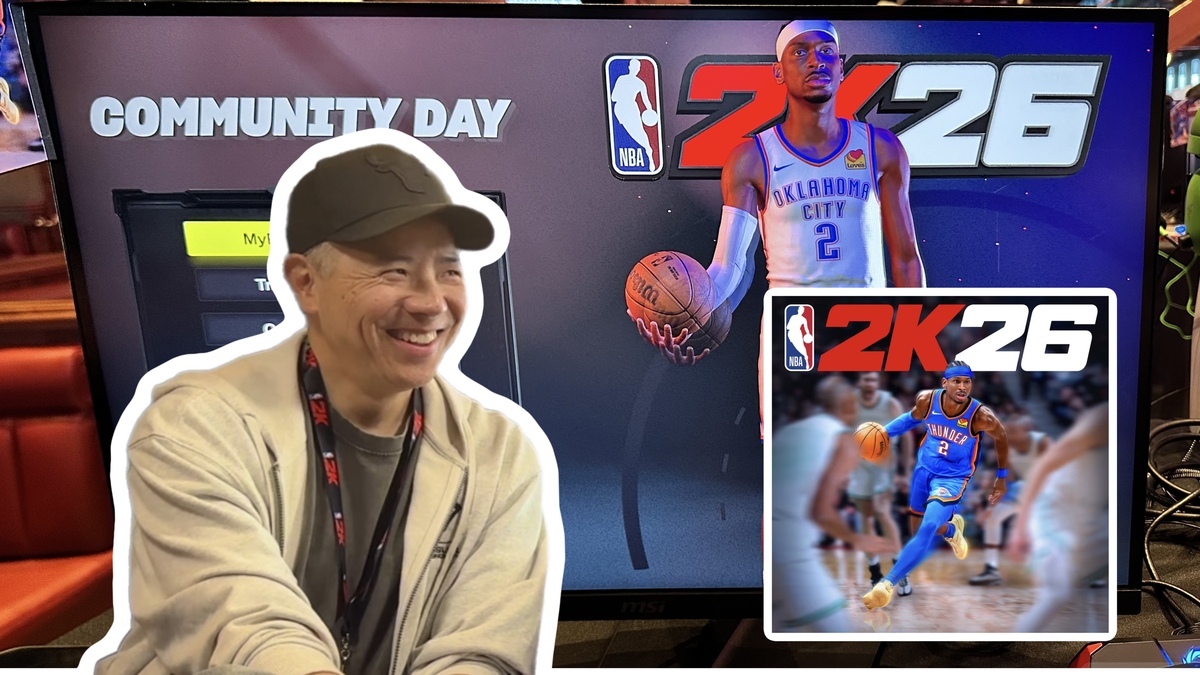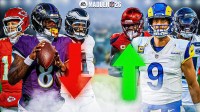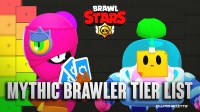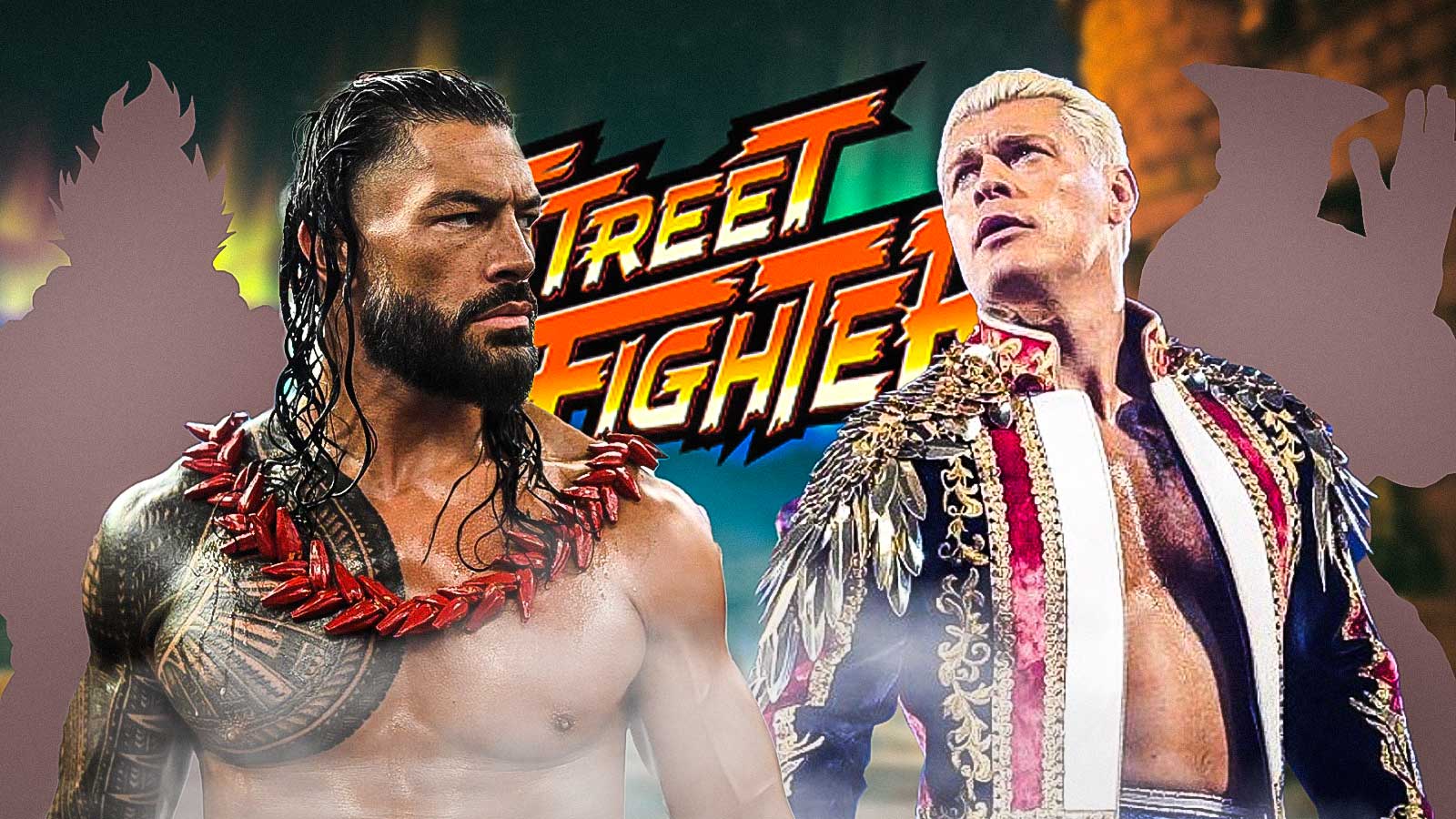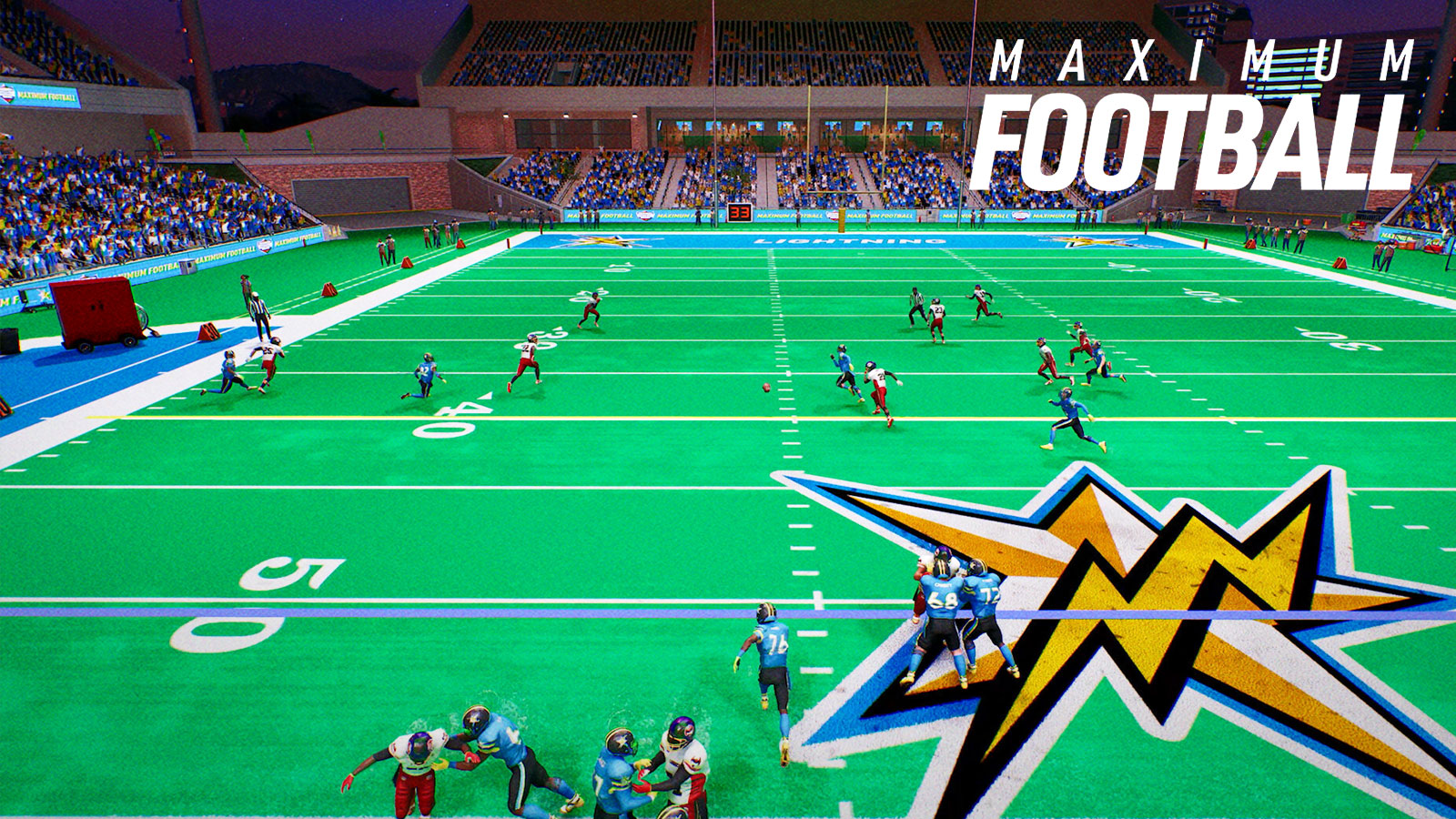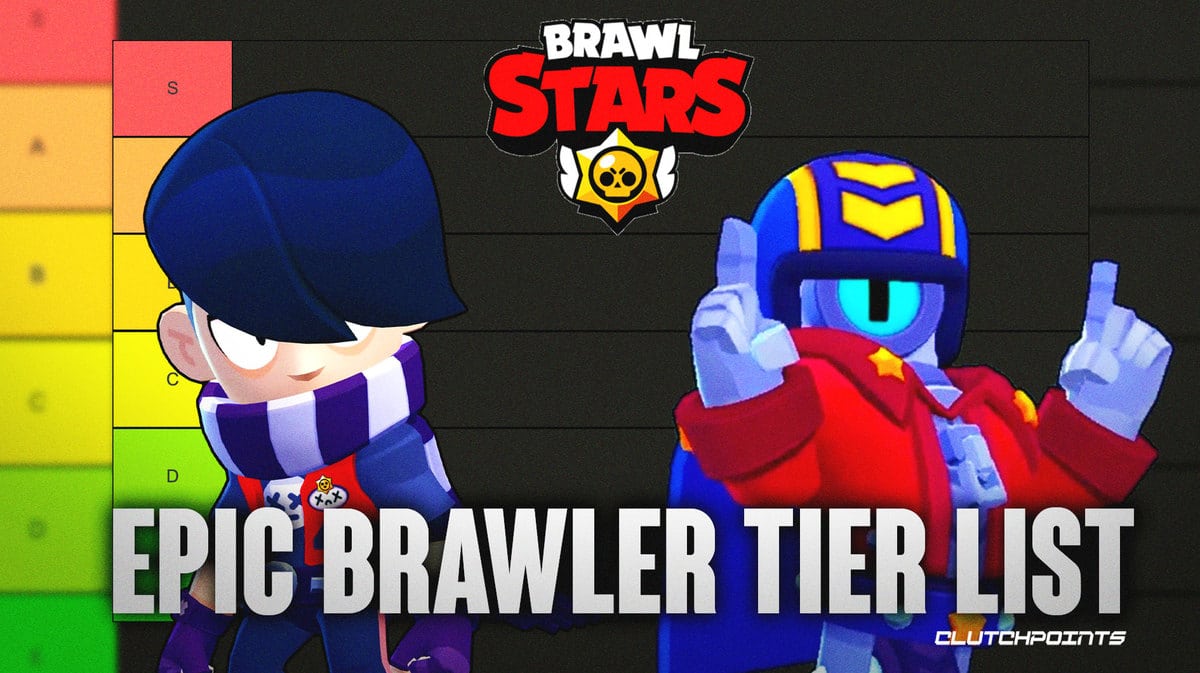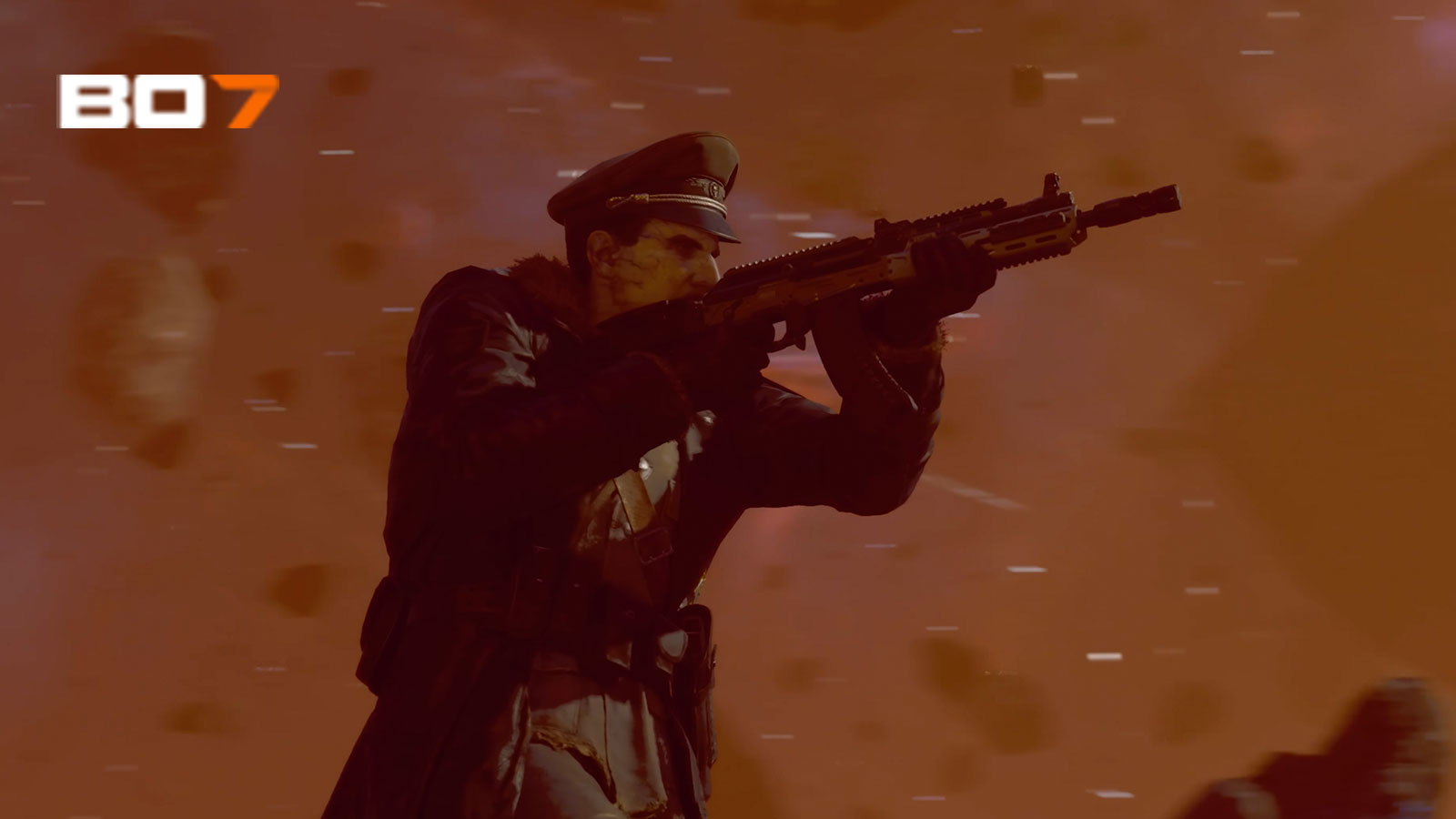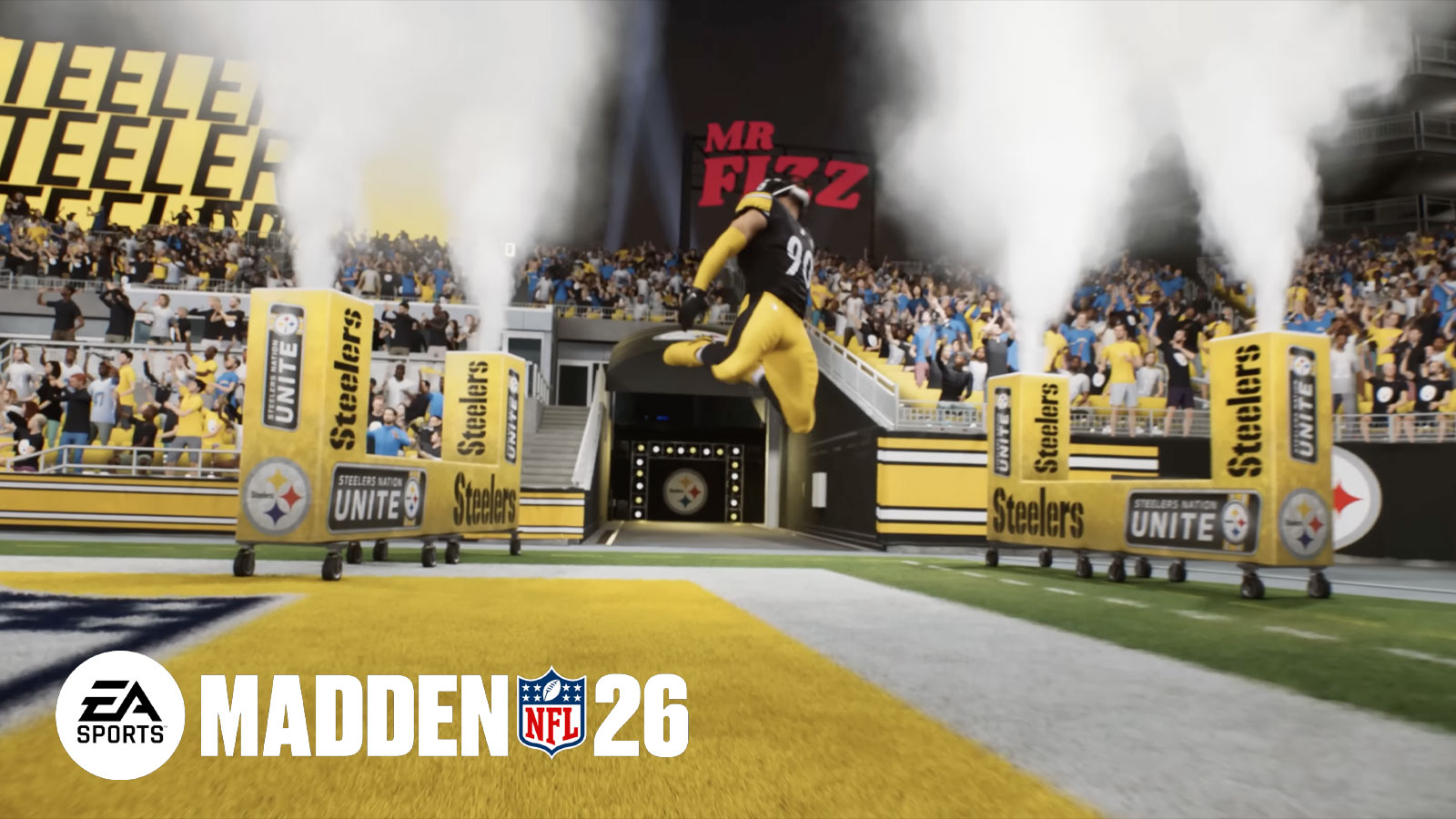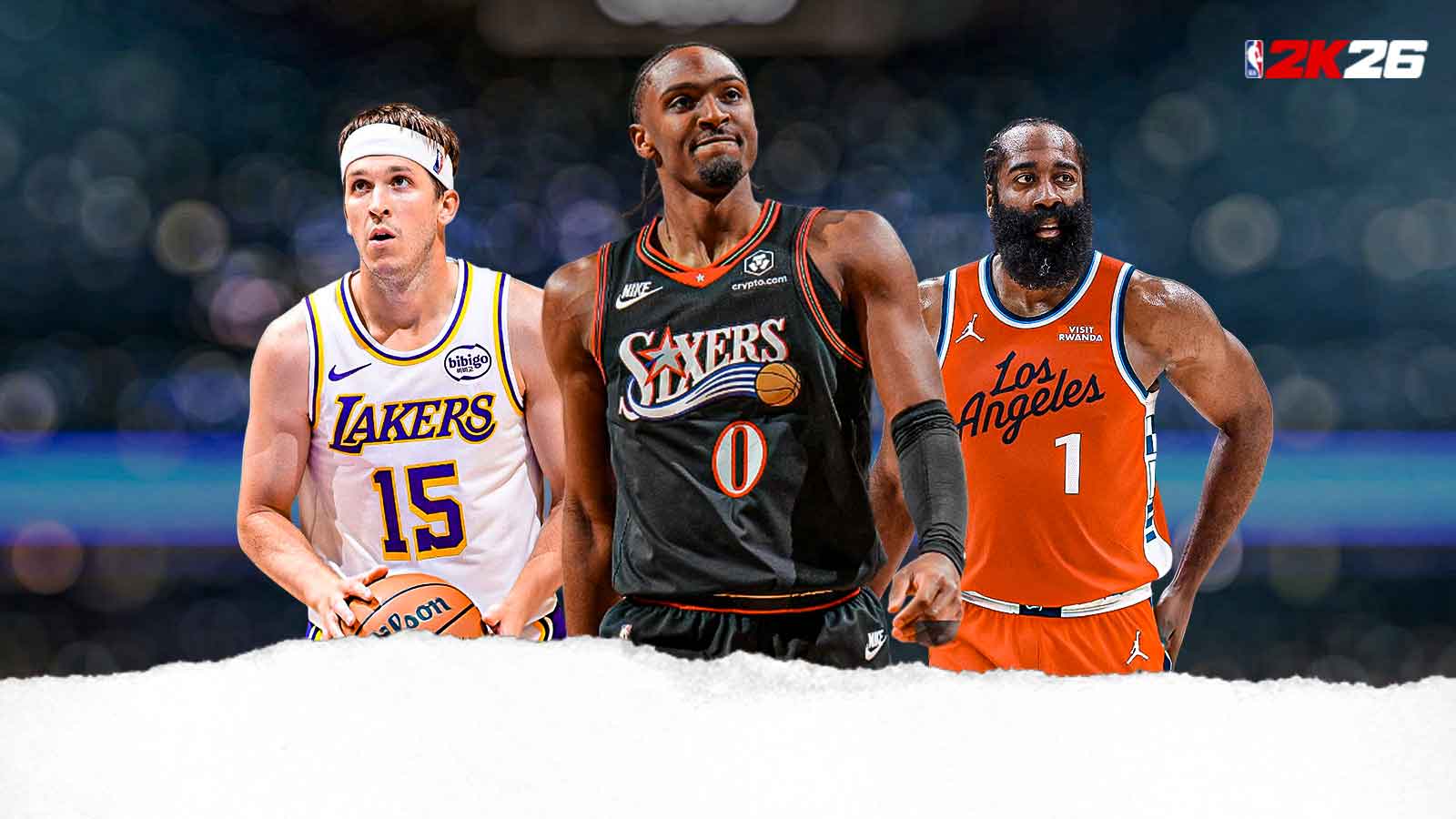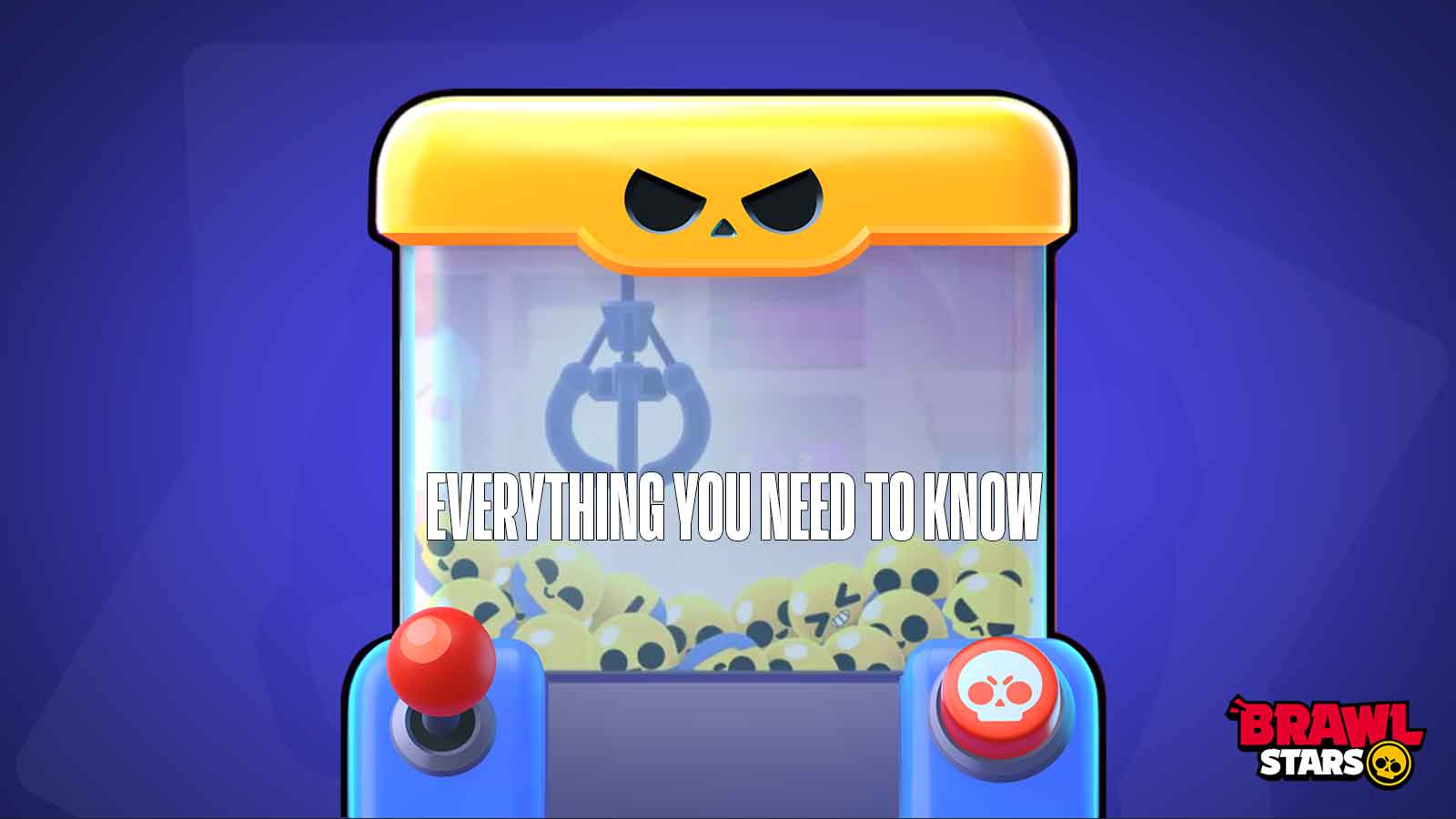The release of the highly anticipated NBA 2K26 is just around the corner, and that means fans are gearing up to play as their favorite teams and players in early September.
This year's edition of NBA 2K features a number of gameplay enhancements aimed at making the video game smoother and gamers' experience more fun. From the all-new dynamic ProPlay motion engine and enhanced rhythm shooting to custom layup packages and no-dip catch-and-shoot jumpshots, NBA 2K26 takes the famed basketball video game to a whole new level.
Mike Wang, Visual Concepts Gameplay Director since 2009, has helped lead the charge in what is expected to be one of the most balanced editions of NBA 2K26. Fans routinely direct their questions to Wang while he and his team continue to deliver the best game possible. One of the biggest additions to the game this year? Custom layup packages.
“One of the big things was actually customized layup packages,” Mike Wang told ClutchPoints in an exclusive interview. “That's a cool feature because, in the past, you had one layup package, and it was whatever that one player did for all his different layup types. This year, what's cool is that for your MyPlayer, you can say, ‘I want Carmelo Anthony's normal layups, I want Stephen Curry's scoop layups, I want Kevin Durant's hop-shots or hop-layups, and I want Nikola Jokic's spin layups.' You can kind of mix and match all the players that you like.”
Wang took time during NBA 2K26 Community Day to speak exclusively with ClutchPoints about the launch of the new game and discuss some of the biggest changes to gameplay, specifically ones that could impact the more casual players like myself.
—————
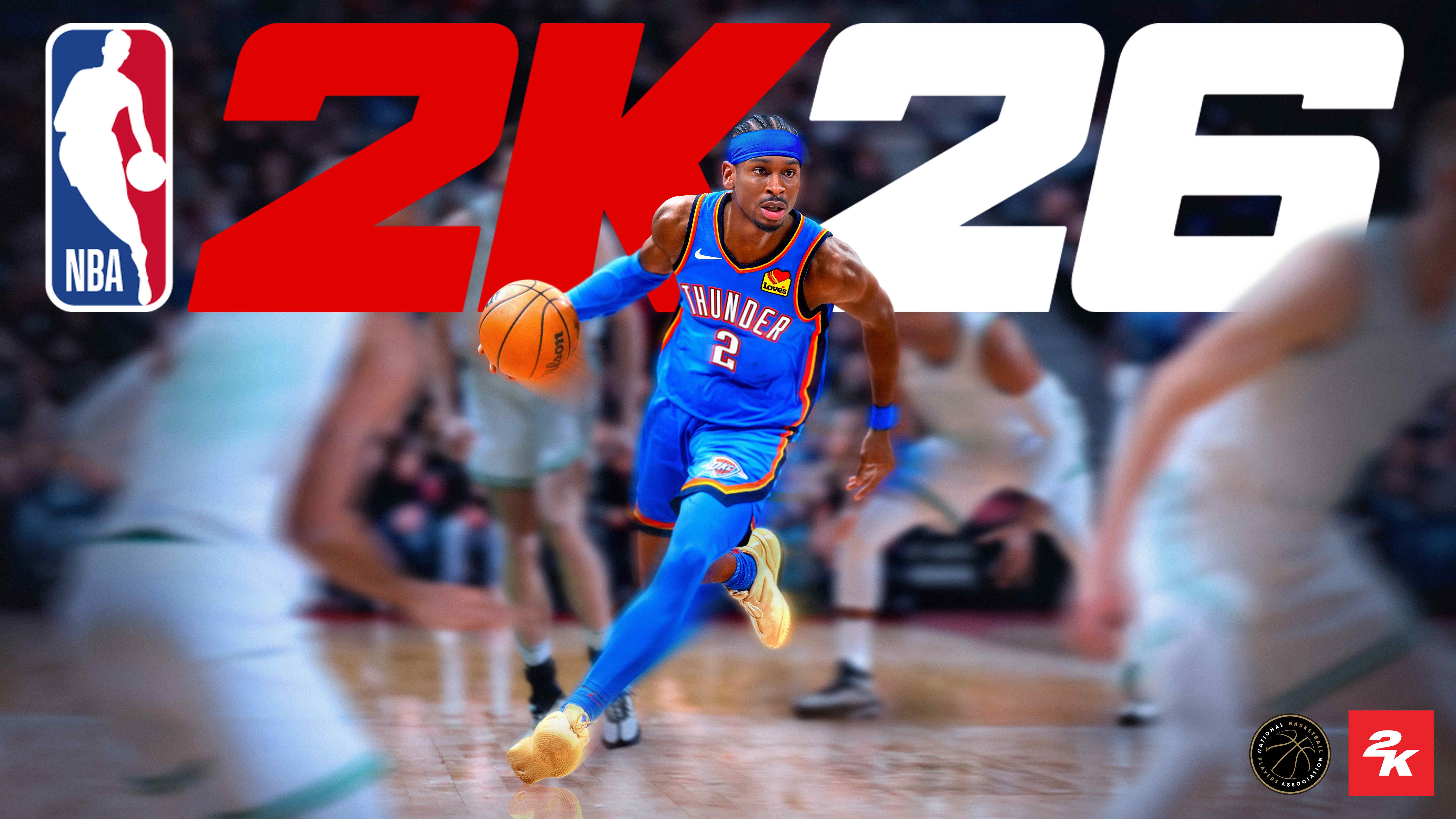
Tomer Azarly: Thanks for doing this Mike. I want to get started with one of the things you guys touched on via social media. You explained the green and missed shot timing. How do you think that affects multiplayer and non-multiplayer modes in this version of 2K26?
Mike Wang: Yeah, well I think the thing that's great about it is that we're putting the result of every shot in the hands of the gamer. That's something that we heard a lot of people wanted, was that they didn't want any randomness in the outcome. They wanted it to be purely based on what they did in the sticks. So I think for multiplayer, it's a great thing because it makes it a more competitive thing. Like, if you really practice and you get good at shooting, you'll see the results. You'll make some shots that other people can't make.
For the offline experience or for the casual player, we do our best to… Not every mode is green or missed. If you play on Pro or on Rookie, you can still be pretty sloppy with timing and make shots. It's always been a goal of ours to make sure that everybody is taken care of from the new, baby user to the pro user. There's something for everybody.
Tomer Azarly: That's what I wanted to follow up with. There's a lot of casual players out there who, maybe, don't have the time to learn or aren't as experienced with the sticks and the shot timing and everything. How do you guys cater to those fans as well? Aside from the guys who actually want to commit and play, but the guys who want to go home, play for an hour after work and then call it a night. How do you guys cater to those people as well?
Mike Wang: Yeah, that would be the mass of our audience probably. I think there's a misconception that if you make the game green or miss — I think historically it's felt very difficult or unapproachable to people. I don't think it's that way this year. I think one of the reasons why it is that way is because we're rewarding taking good quality shots, much more than we were in the past. Taking a wide open shot, even though it's green or miss, the green window is pretty big. Even if you play once a week after work, you can get decent shooting as long as you take smart shots. It's always the goal of ours. If you play good basketball, you'll be successful. That's really the first thing. It's never about, am I just this crazy, live-in-my-parents'-basement kid who just like works on shot timing all day? That's not who we're going after. They can be successful, obviously, but people who take good shots and play good basketball are going to find they're rewarded with that in 2K26.
Tomer Azarly: Okay, perfect. So, rhythm shooting was introduced last year? Felt like a big change to the game. I've always been a button guy, so I can't go back to buttons after using rhythm shooting.
Mike Wang: Good man.
Tomer Azarly: It feels like a big change. Let's go into this part first of all: What was the feedback you guys received on rhythm shooting, the incorporation of it last year?
Mike Wang: I think it was very well received, especially with people who took the time with it. I think that was the biggest part. There's people who've been playing basketball games for a long time, and they're like, ‘I'm going to shoot with the button, never anything else.'
Tomer Azarly: That was me.
Mike Wang: And that's fine, that's great! If that's how you want to play, that's totally fine. With rhythm shooting, what we wanted to do is give people just another option, a way to play the game. In my opinion, it makes you feel more connected to the shooter, so it feels more like a motion that an actual shooter would do. And this year, even more so. This year, we're connecting the animation and how it plays back to how you move the stick. So if you rush the shot, you can feel that and see that in the game. To me, it's a more interesting way to play the game.
Tomer Azarly: How did that positive feedback affect the way you guys approached this year and some of the changes you want to make this year with rhythm shooting?
Mike Wang: Last year, I think we didn't get to where we wanted to with rhythm shooting last year, and the main thing that we wanted to change was last year was really just timing two points. So we said tempo, but it really didn't mean tempo. It meant that if you were late on your first point, if you rushed the shot really fast, you could still hit your second point. Does that make sense? So that's not really how we wanted it to work. We wanted tempo to be like actually tempo. And so that's what this year is. It's really all about the tempo of the shot. What that means is the speed that you move the stick from one side to the other. That's kind of like the signature thing you've got to learn for a shooter. And everyone's got their own kind of speed. So Steph's is more of a flick, and Jokic's is more of a slow throw. And once you learn that, timing's a little more flexible, which is great, especially if you have bad internet or something, because sometimes if your timing is suspect and you're missing all your shots, it's pretty frustrating. But with tempo shooting, I call it tempo shooting now, with rhythm shooting, you can kind of just learn what that feels like and be successful, even if you're kind of little off on your timing.
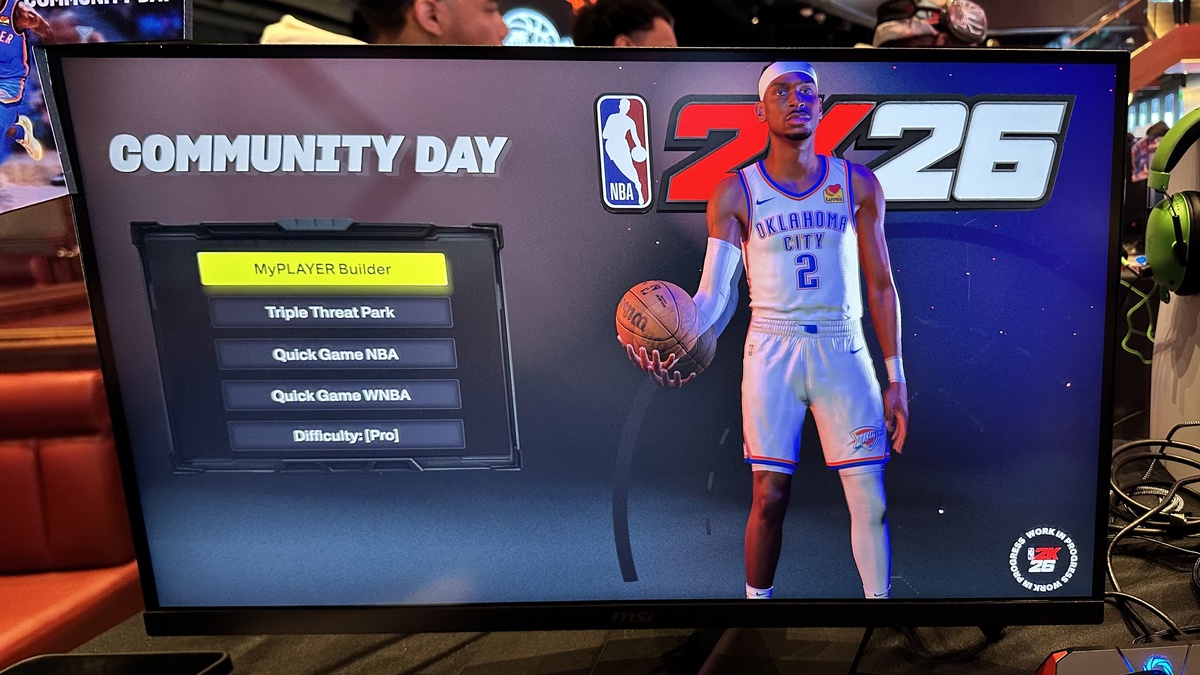
Tomer Azarly: So, correct me if I'm wrong, it always felt like part of rhythm shooting was letting a player gather and then starting the upwards shooting motion. Like if you rushed it too much and didn't match the tempo, it kind of affected the shot. But you guys also added the no-dip catch and shoot jumpers to the game this year, which is obviously a quick, catch-and-shoot release. How did you go about incorporating that into the game?
Mike Wang: Yeah, so the no-dip catch and shoot is basically just a mechanic to allow you to kind of skip the compression in your shot. So if you're sitting in the corner and you're waiting for the pass, if hold the left trigger down, and then as you receive the ball, instead of starting here — and last year, you would go all the way through your shooting motion — this year, pretty much from here, you get right up into your shot. So all it's doing is kind of skipping that first part. So it takes more skill in a way because if you've kind of mastered the timing of your shot, you kind of know this is how it feels like. With the no-dip catch and shoot, you kind of have to watch the shot or watch the catch and see when it gets into your hands. From there, you kind of get the feel for how fast you throw the ball. So it's a skill mechanic too.
Tomer Azarly: So you hold the left trigger down as you catch the ball?
Mike Wang: As you're catching the ball.
Tomer Azarly: Is your green window different when you do those?
Mike Wang: It's the same, but like I said, because you kind of have to react differently to it, because you're basically basing it off of the catch, right? It's not just like, I'm holding the ball in triple threat, and so the timing is always the same. It's going to be a little different based on whatever catch you get. So you kind of have to have quicker reaction time to get really good at it. But it's a great mechanic because once you master that, then you're able to avoid all these late contests. It's definitely a skill mechanic that I know the more advanced players are going to have to adapt.
Tomer Azarly: One of your answers on social media that I saw was the no RNG (random number generation) in shooting this year. I think I had like two million views on Twitter. Explain kind of how it was used previously, why you guys removed it this year, how it kind of affects you in this year.
Mike Wang: Yeah, so in the past, how it worked was there was a very, very, very, very, very tiny, pure-green window. What that means to people is that there was a frame or actually even a subframe, that if you could release the button on it, you're going to make the shot 100%, which is obviously almost impossible to do for a human over and over repeatedly. So what we do is from there, there's a bigger window, and that window would kind of bleed off with RNG, which means that it'd be percentage-based. And so as you got further and further away from the window, your percentage went down, lower and lower. But at the end of the day, what it meant was the game ultimately, any given shot — if you didn't hit that perfect frame — it was kind of decided by the fate of a dice roll. And so what that means taking that away this year is that that window, it grows and shrinks based on your attributes, the [defensive] coverage, your badges, all these factors feed into this window that's constantly growing and shrinking. But once you can kind of master that timing, then you will make the shot. So I think like I said earlier, it kind of just puts the results of the shot in the hands of the user, which is really what people want. They want what happens on the court to be what they did. So to me, it's a game changer. I think it's balanced really well, better than we've ever had in the past. So a lot of that was by making sure that contests were strong. So if you do contest a shot well, the green window gets really, really small, but even the best player is not going to hit that 100% of the time over and over again. So you have to take good shots, and you have to get good at timing. So they work together.
Tomer Azarly: You introduced, I believe, you can “green” rebounds now. I didn't look too much into the rebound meter. Can you explain kind of what went into that?
Mike Wang: Yeah, it's kind of overblown on social media. Really all we're doing is servicing to the user what's been going on for years with rebounding. Rebounding, you always had to time them, and it's always like a perfect time to time them. And so now we're just showing you a green flash as feedback of like, ‘oh, you did it right.' It's kind of training people to help them understand what timing rebounds should be like.
Tomer Azarly: What's something that you've had fans ask you a lot for that you've been able to deliver?
Mike Wang: You know, one of the big things was actually customized layup packages. That's a cool feature because in the past you had one layup package, and it was whatever that one player did for all his different layup types. This year what's cool is that for your MyPlayer, you can say, ‘I want Carmelo Anthony's normal layups, I want Stephen Curry's scoops, I want Kevin Durant's hop shots, hop layups, I want Nikola Jokic's spin layups.' You can kind of mix and match all the players that you like. Floaters is another great one. You can pick the exact floater you want, kind of master floaters. And finishing at the rim and slashing in general is a huge thing in NBA 2K26. Not just dunks, but also layups. So I'm excited that that's kind of back and powerful. But custom layups is a thing people are going to really enjoy this year too.
Tomer Azarly: The last one I have is whenever you guys added Victor Wembanyama to the game, especially MyTeam. Everyone used them, you couldn't score around the rim against them. Everyone used him, you couldn't score around the rim against him. How did you guys kind of balance that out or adapt to it? Where you respect the defensive talent of a Wemby, but also make it not impossible to score around him or on somebody, you know?
Mike Wang: You've got to be smart around Wemby, right? So I think that just like real life, people are game planning around the same thing. You've got to take smart shots. You've got to have bigs who can stretch the floor. So that's what we've been doing, whenever someone makes a 7-foot-4 player in our internal games, we have a big who like stretches the floor. Pull him out to like the free throw line. Make him play defense out there so that, you know, respect your shooter. So the little guys can get into the rim and smash. So that's just something you have to do. But yeah, if you're going one-on-one against a 7-foot-4 player or a Victor Wembanyama at the rim, good luck. He's blocking everything.
Tomer Azarly: Yeah, in Triple-Threat, people just park him in the paint and you can't go to the basket.
Mike Wang: Yeah. But that's why I mentioned floaters, that's a big one. If you're a little guy and you're attacking the rim, learn how to shoot a floater because you're not blocking floaters. Yeah, they're very powerful if you can knock them down. And the mid-range game in general, all that and shooting, like stretch the floor to beat a Wemby. But yeah, at the rim, it's over. He's too big.

